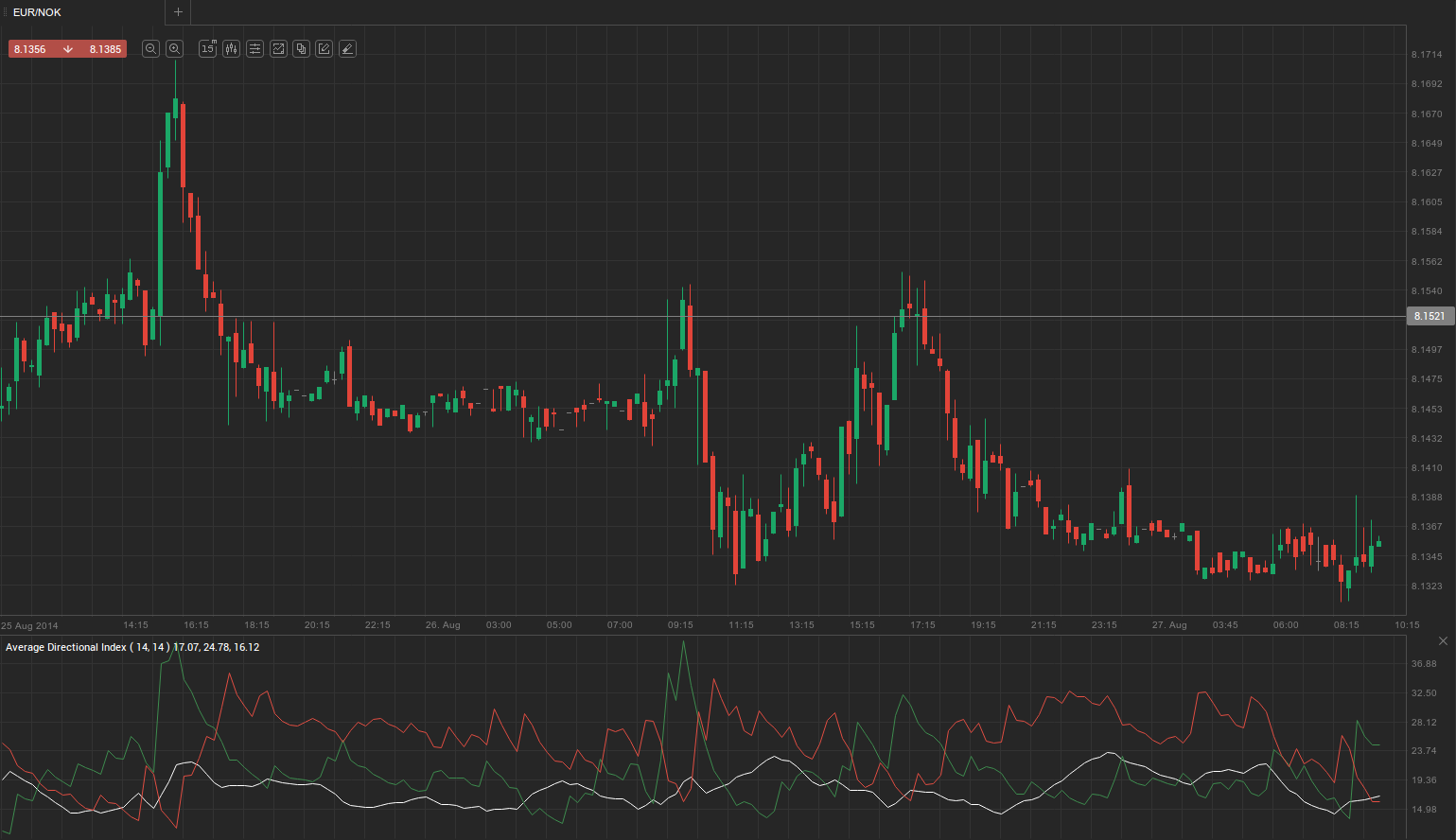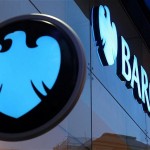During Tuesday’s trading session EUR/NOK traded within the range of 8.1567 – 8.1340 and closed at 0.12% lower at 8.1385, its sixth straight losing session.
At 6:52 GMT today EUR/NOK was up 0.02% for the day to trade at 8.1387. The pair held in a daily range between 8.1331, the lowest in more than two months, and 8.1438.
Fundamental view
Germany
Destatis reported today that Germany’s Import Price Index fell by 0.4% in July on a monthly basis, compared to expectations for a 0.1% decline following June’s 0.2% jump. Year-on-year, import prices lost 1.7%, compared to a 1.2% decline the previous month. Analysts had projected a 1.4% drop.
The Import Price Index measures the changes in prices of imported goods in Germany. It is used to distinguish changes in trade volume versus changes in trade prices. While the former suggests rising consumer demand and economic activity, the latter implies higher production costs and inflation. Generally speaking, a better-than-projected reading should be seen as bullish for the euro, and vice versa.
Meanwhile, the Gfk Consumer Confidence index also trailed analysts’ expectations to inch higher to 9 for September from Augusts upward-revised 8.9 and dropped to 8.6.
Since it measures consumer sentiment, Gfk’s report is considered as a leading indicator. It is based on a survey conducted among 2 000 consumers, which rate the past and future economic conditions. High values indicate strong consumer confidence, which boosts economic growth, thus, are considered as bullish for the euro. Logically, declining or worse-than-expected values are seen as bearish for the bloc’s currency.
France
France’s National Institute of Statistics and Economic Studies (INSEE) reported that business conditions in the second-biggest EU economy were the worst in more than a year. The Business Climate index matched expectations and slid to 96 this month, the lowest since July 2013, down from 97 during the preceding month.
The index reflects the performance of the French economy in the short-term perspective. It is compiled from a survey of around 4 000 business leaders from varying sectors.
A higher value is seen as bullish for the euro and vice versa.
Italy
Italy’s consumer confidence is also expected to have fallen in August. The Italian National Institute of Statistics will likely report at 8:00 GMT that its index fell to 104.0 from 104.6 in July.
Like with any other country, Italy’s consumer confidence is also a leading indicator as it gives a preliminary insight into consumer spending, which makes up most of GDP. Thus, higher readings are generally seen as bullish for the euro, and vice versa.
Norway
The rate of unemployment in Norway probably remained flat at 3.2% in the three months to July, according to the median forecast by experts.
It represents the percentage of the eligible work force that is unemployed, but is actively seeking employment. Unemployed persons are persons who were not employed in the survey week, but who had been seeking work during the preceding four weeks, and were available for work within the next two weeks. Persons in the labor force are either employed or unemployed. The remaining group of persons is labeled not in the labor force. Unemployed persons and persons not in the labor force constitute the group of non-employed persons. In case the unemployment rate met expectations or even increased further, this would have a bearish effect on the krone. Statistics Norway will release the official employment data at 8:00 GMT.
Technical view
According to Binary Tribune’s daily analysis, the central pivot point for the pair is at 8.1431. In case EUR/NOK manages to breach the first resistance level at 8.1521, it will probably continue up to test 8.1658. In case the second key resistance is broken, the pair will probably attempt to advance to 8.1748.
If EUR/NOK manages to breach the first key support at 8.1294, it will probably continue to slide and test 8.1204. With this second key support broken, movement to the downside will probably continue to 8.1067.
The mid-Pivot levels for today are as follows: M1 – 8.1136, M2 – 8.1249, M3 – 8.1363, M4 – 8.1476, M5 – 8.1590, M6 – 8.1703.
In weekly terms, the central pivot point is at 8.1827. The three key resistance levels are as follows: R1 – 8.2200, R2 – 8.2747, R3 – 8.3120. The three key support levels are: S1 – 8.1280, S2 – 8.0907, S3 – 8.0360.






